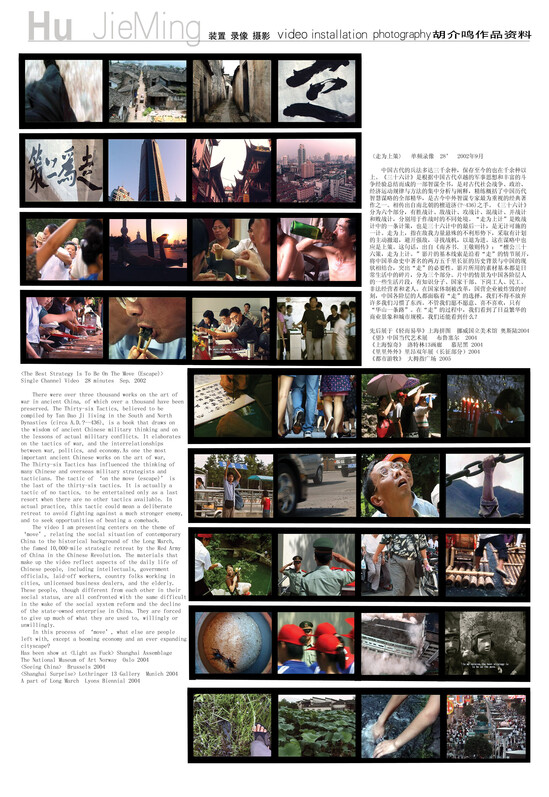There were over three thousand works on the art of war in ancient China, of which over a thousand have been preserved. The Thirty-six Tactics, believed to be compiled by Tan Dao Ji (circa A.D.?—A.D.436),living in the South and North Dynasties is a book that draws on the wisdom of ancient Chinese military thinking and on the lessons of actual military conflicts. It elaborates on the tactics of war, and the interrelationships between war, politics, and economy. As one the most important ancient Chinese works on the art of war, The Thirty-six Tactics has influenced the thinking of many Chinese and overseas military strategists and tacticians. The tactic of ‘on the move (escape, abandonment) is the last of the thirty-six tactics. It is actually a tactic of no tactics, to be entertained only as a last resort when there are no other tactics available. In actual practice, this tactic could mean a deliberate retreat to avoid fighting against a much stronger enemy, and to seek opportunities of beating a comeback.
The video I am presenting centers on the theme of ‘move’, relating the social situation of contemporary China to the historical background of the Long March, the famed 10,000-mile strategic retreat by the Red Army of China in the Chinese Revolution. The materials that make up the video reflect aspects of the daily life of Chinese people, including intellectuals, government officials, laid-off workers, country folks working in cities, unlicensed business dealers, and the elderly. These people, though different from each other in their social status, are all confronted with the same difficult choice of ‘move’, in the wake of the social system reform and the decline of the state-owned enterprise in China. They are forced to give up much of what they are used to, willingly or unwillingly.
In this process of ‘move’, what else are people left with, except a booming economy and an ever expanding cityscape?
Preview Online
Detail pictures:


